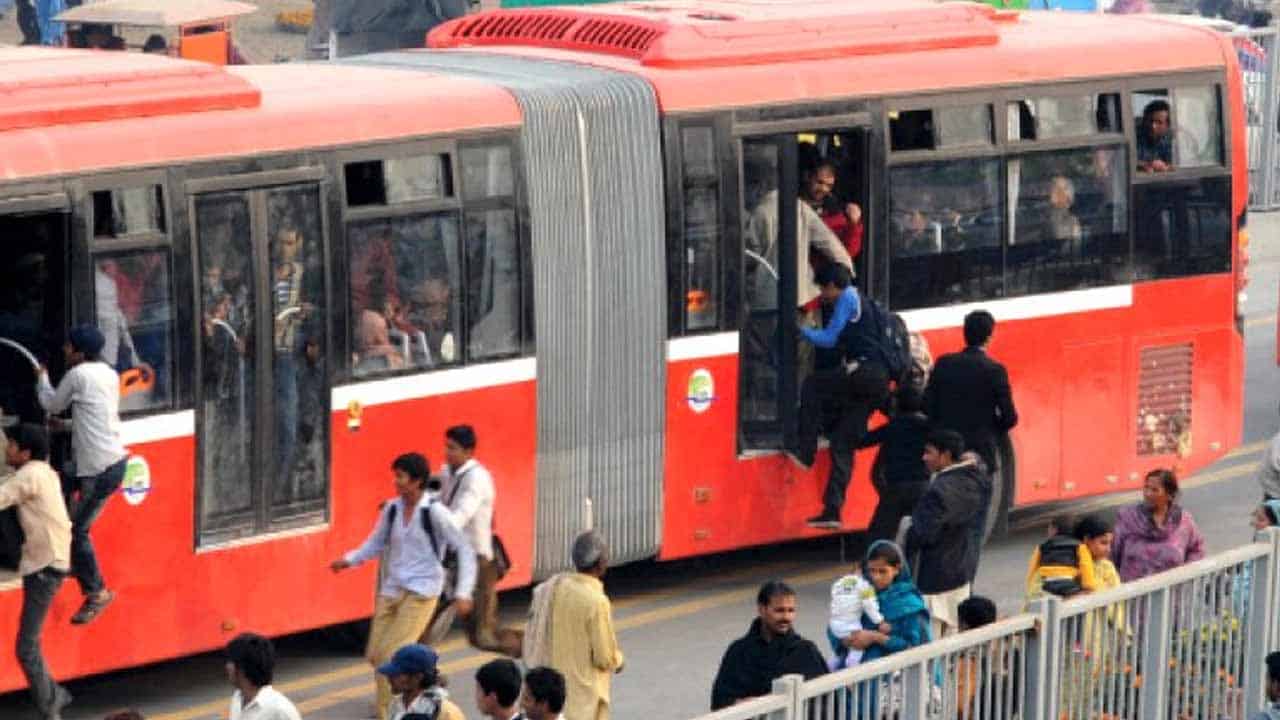Since May 20, 2022, Pakistan has seen a significant increase in fuel prices, with petrol and diesel prices reaching Rs. 230/liter and Rs. 260/liter, respectively. These rising costs have caused many motorists in major cities to turn to public transport options such as BRT, intracity trains, and feeder buses. The report indicates that approximately 100,000 intracity travelers in Multan, Lahore, and Rawalpindi have made this switch.
A senior official from Punjab Mass Transit Authority (PMTA) told Dawn that:
“While observing the passengers’ ratio, we have found an addition of around 75,000 passengers daily into our intra-city transport systems – Orange Line Metro Train (Ali Town-Dera Gujran), metrobus (Shahdara-Gajjumata) and the Speedo buses plying on feeder routes in Lahore. Similarly, around 20,000 passengers have also switched to the metrobus system in Rawalpindi.”
He added that around 7,000 people in Multan have also shifted to the more affordable metro bus service.
The report further highlights that long route buses have hiked their fares by up to 35 percent, which has caused commuters to downgrade from airconditioned buses to non-airconditioned ones due to lower fares.
PMTA’s official claimed that the government is planning to subsidize the intracity transport services further to reduce fares for commuters. He explained:
“We have sent a summary to the Punjab Cabinet and sought its approval for introducing a distance-based fare instead of the flat Rs. 40 per passenger. The minimum fare suggested is Rs. 20 for travelling in the Orange Line Metro Train. But the fares (Rs. 30 and Rs. 15) being charged in metro or Speedo buses would remain the same till further orders.”
At this time, there are no plans to introduce long-route bus services. Transporters have requested that the government increase subsidies in order to keep their services running and to benefit the public.






